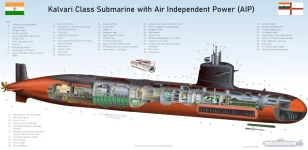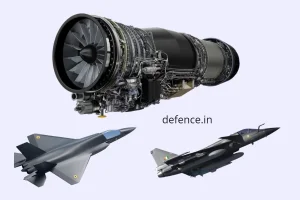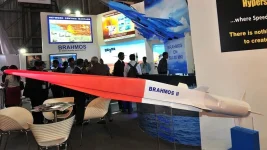- Views: 2K
- Replies: 31

The Defence Research and Development Organisation (DRDO) and the Warship Design Bureau (WDB) are collaborating on Project-76, an ambitious endeavor to design and develop a new generation of indigenous conventional submarines for the Indian Navy. This project is expected to significantly bolster India's self-reliance in underwater warfare capabilities.
By late 2025, the DRDO and WDB are anticipated to finalize the design of these 3,000-4,000-ton submarines. The project approval is expected to be granted sometime between 2028 and 2029, paving the way for construction.
The Indian Navy envisions a fleet of six submarines built under Project-76, with a remarkable 70-80% indigenous content. This emphasis on domestic production is expected to stimulate India's defence manufacturing sector and reduce reliance on foreign suppliers.
Project-76 builds upon the foundation laid by Project-75I, which aims to procure six next-generation submarines through international collaboration. This new project represents a natural progression towards greater self-sufficiency in submarine acquisition for the Indian Navy.
France has offered its pump-jet propulsion technology for the program, aiming to enhance efficiency across most of the submarine's performance range. Project-76 will also incorporate design elements from both Project-75I and Project-75 submarine design programs.





